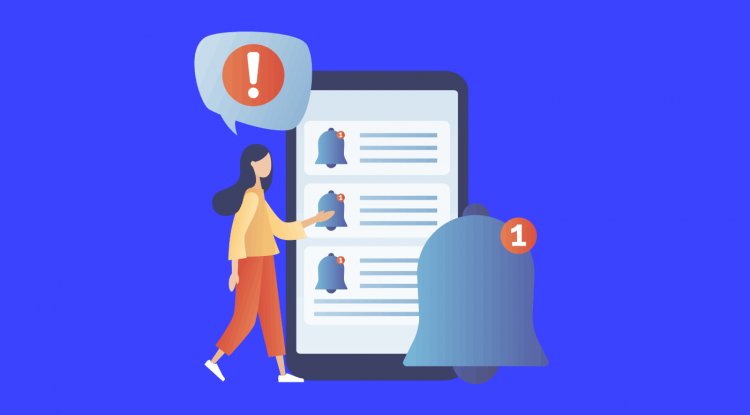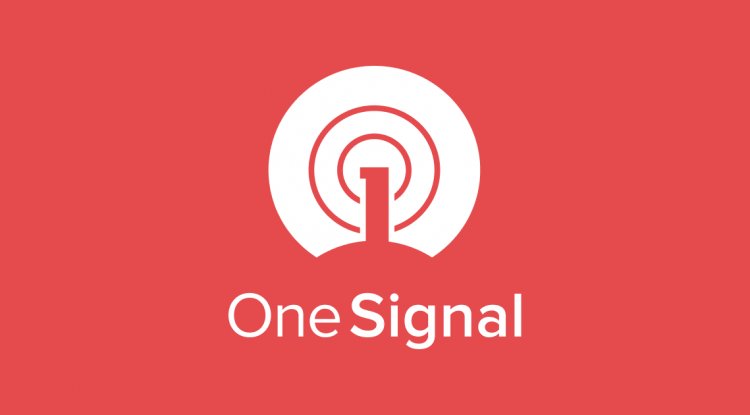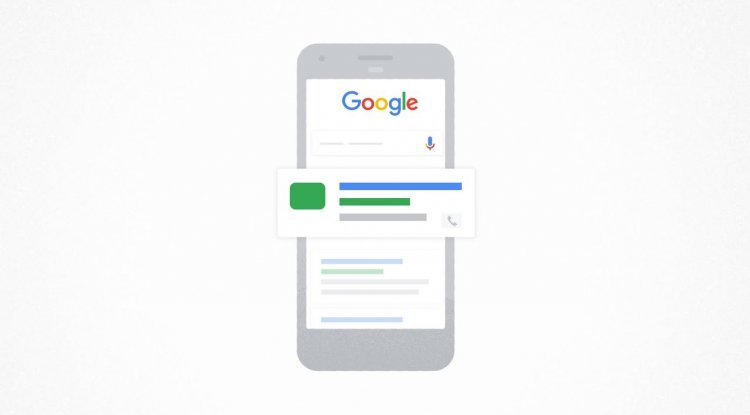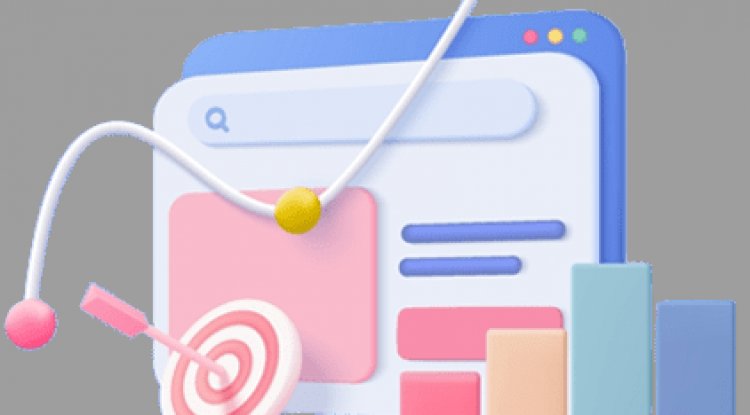Best practices for bringing PC and console games to mobile
Tools and tips to take games from PC or console to mobile and discover new audiences.The games market continues to grow rapidly, with mobile gaming being the fastest growing market sector. According to the 2021 Global Gaming Market research by NewZoo, mobile gaming now accounts for almost half of all gaming revenue.Improvements in technology are a key reason why mobile gaming is growing so fast. Mobile devices are getting more powerful, with bigger and better screens and batteries. Also, wireless network coverage is rapidly expanding, and today it’s much easier to download content on the go from almost anywhere. These improvements mean that the latest mobile games are more versatile, engaging, and fun. Take Genshin Impact; this is a perfect example of a game that wouldn’t have been possible a few years ago, due to lower performance and technical limitations (CPU, RAM etc) of mobile devices.With fewer limitations and new business scaling opportunities, more game studios are bringing the

Tools and tips to take games from PC or console to mobile and discover new audiences.

The games market continues to grow rapidly, with mobile gaming being the fastest growing market sector. According to the 2021 Global Gaming Market research by NewZoo, mobile gaming now accounts for almost half of all gaming revenue.
Improvements in technology are a key reason why mobile gaming is growing so fast. Mobile devices are getting more powerful, with bigger and better screens and batteries. Also, wireless network coverage is rapidly expanding, and today it’s much easier to download content on the go from almost anywhere. These improvements mean that the latest mobile games are more versatile, engaging, and fun. Take Genshin Impact; this is a perfect example of a game that wouldn’t have been possible a few years ago, due to lower performance and technical limitations (CPU, RAM etc) of mobile devices.
With fewer limitations and new business scaling opportunities, more game studios are bringing their franchises previously successful on PC and console, to mobile. They do this to help existing players stay engaged with their favorite game on the go and to reach new audiences on mobile. Examples of top PC and console IPs that have been released on mobile include Call of Duty: Mobile (by Activision Publishing), GTA series (by Rockstar Games), Lineage 2: Revolution (by Netmarble), and League of Legends: Wild Rift (by Riot Games).
Today, PC and console developers going mobile have the opportunity to deliver either a fully ported title or an adaptation for mobile devices. If you have PC or console IP, this article is designed to help you by sharing opportunities and best practices for taking a game mobile.
The business value of expanding to mobile
There are two main reasons for taking a game mobile: access to new audiences and new revenue opportunities.
New audiences
Mobile gamers now outnumber console gamers by over 3-to-1. According to Statista, more than 2.8 billion people play games on their mobile devices, with over 1 billion of them doing so daily. The mobile device is the only accessible gaming platform for a sizable portion of these players, so there is no other way to reach this potential audience.
New revenue opportunities
According to the latest Newzoo research, mobile games generated revenues of $90.7 billion in 2021, growing +4.4% year on year, and accounts for 52% of the global games market revenue.
There are several reasons why the mobile market is expected to grow more than both PC and console gaming:
- Mobile games have the lowest entry barrier: according to Newzoo, more than 40% of the global population owns a smartphone, and many mobile games are free to play.
- The player motivations behind mobile games offer alternatives to PC and console gaming. Many gamers turn to mobile games as a way to unwind, connect with others, or pass time when they’re on the go.
- According to AppAnnie’s 2021 Mobile Gaming Tear Down report, the mobile market maintains strong growth dynamics:
– Weekly game downloads: >1B, +25% vs 2019
– Weekly app stores spend: >$1.7B, +40% vs 2019
– Week hours spent: >5B hrs, +35% vs 2019
– Monthly games spend per device: $9, +45% 2Y Growth
Planning to go mobile
When taking your IP to mobile, you need to start by considering your strategy and the best way to approach the platform.
- Full port of your PC or console game with as few changes as possible. Examples of this approach include Titan Quest Legendary Edition (by HandyGames), Grand Theft Auto: San Andreas (by Rockstar Games), and Company of Heroes (by Feral Interactive).
- IP adaptation, building a new game specifically for mobile devices based on your existing IP. Examples of this approach include Call of Duty: Mobile (by Activision Publishing), PUBG Mobile (by Level Infinite), and Lineage 2: Revolution (by Netmarble).
When looking to see if you can port your game to mobile, you’ll want to consider your game’s technical performance, looking at the CPU, GPU, RAM, and other capabilities of mobile devices. It’s also about the experience players will have with the game on a mobile device screen, where they interact through touch. The player experience is also about any potential differences between the PC, console, and mobile games. For example, it may prove easier to play the game on a touchscreen, giving mobile players an advantage over PC and console players. Determining the right way to optimize your game for mobile may involve some experimentation to assess the technical and player experience aspects.
Insourcing or outsourcing: If your game has been developed on a game engine such as Unity or Unreal, you might be able to port or develop a new game using existing resources relatively easily. If the game uses a proprietary engine, porting may be more challenging. An option worth considering is using a third-party porting studio, professionals who can port your title and provide you with the source materials (assets and code) to continue development.
Developing your game for mobile
When it comes to developing for mobile, there is a range of considerations that you may not have encountered in PC or console development. This section looks at the key things you should plan for and the tools available to help.
Performance and scalability
To ensure the best possible user experience reaching audiences across a wide range of devices, there are several tools available to Android developers.
Secure your launch while thinking of coverage and quality
- Select your device target list according to the game’s performance and scalability requirements. It is always better to release a quality game to a limited number of devices, then optimize the game to support a wider range of devices.
- In case of time limitations to release your title, consider targeting more powerful devices first, then roll out your title to a wider list of devices later, when you are confident in the game’s technical and overall performance.
- Device catalog in Google Play Console enables you to view the capabilities and specifications of Android devices and use that information to ensure your game is only released on devices with the features to run it well.
Prioritize performance to deliver a great user experience
- Android Performance Tuner (APT) helps you identify performance issues in your game and highlights opportunities to improve your fidelity. Impact metrics help you prioritize, and issues are categorized to help you take action. Information at device model and device spec level enables you to find the most effective way to proceed. Learn how Spokko, developer of The Witcher: Monster Slayer, increases reach with Android Performance Tuner.
- The Android Profiler tools provide real-time data to help you understand how your game uses CPU, memory, network, and battery resources.
- Vulkan graphics API, from the Khronos Group, is a low-overhead, cross-platform API for high-performance 3D graphics. It provides tools for creating high-quality, real-time graphics in games.
- Android vitals is an initiative by Google to improve the stability and performance of Android devices. Google Play Console aggregates data, such as app stability, startup time, battery usage, render time, and permission denials, displaying them in the Android vitals dashboard. Pay attention to the category benchmarks for your game, as Android vitals are also critical to maintain optimal visibility in the Play store.
Game size
The smaller your game’s initial distribution file is, the better. For larger games, it is better to split the download into several blocks: for example, to download a game launcher first, followed by additional assets while the user is interacting with the game. Another way to split downloads is to omit levels and maps from the initial download, and instead deliver these parts of the game when they are needed or at the player’s request.
To help you reduce the size of the original distribution file and manage additional downloads, there are several tools you can use:
- Play Asset Delivery (PAD) enables games larger than 150MB to publish an artifact to Play containing all the resources the game needs. PAD offers flexible delivery modes, auto-updates, compression, and delta patching. Using PAD, all asset packs are hosted and served on Google Play, removing the need to use a content delivery network (CDN) to get your game resources to players. For example, CD Projekt RED reduced their update size by 90% and increased update rates by 10%.
- Android App Bundle is Android’s official publishing format. It offers an efficient way to build and release your game and helps you easily deliver a great experience in a smaller app size. The benefits include support for modular app development and customizable feature delivery.
- Play Feature Delivery uses advanced capabilities of app bundles, enabling features of your game to be delivered conditionally or downloaded on demand. To do that, you need to create modules for each feature, separate from your base app.
Learn more about managing game download size in the Android developer guide on reducing game size.
UI adaptation
UI adaptation is an important issue. You could have a great PC or console game, but will it be similarly impressive on a smaller screen? Will it be possible to play the game on a mobile device? To optimize your game for mobile, consider the user interface of the device and how to adapt in-game controls so the user can play the game on a smaller screen using touch controls (in most cases). Here are some examples of areas to focus:
- For example, an in-game armor shop with many tabs and details for each item works well on larger screens. However, such an interface could be too cluttered with unreadable small text and buttons on a smartphone.
- Any interface should be easily accessible, easy to read, and adapted to the touch screen controls. If you haven’t built a mobile interface before, one way to learn about what works is to check out the genre leaders — the top 3 or 5 mobile games in the same genre as your game.
- When thinking about the UI, you should also remember the controls. While it is possible to use a dedicated gaming controller to play a game on mobile, very few users will play the game this way: most players use their device’s touchscreen. This means you must adopt the touchscreen navigation and make sure the game is easy and fun to play with that control method.
IP protection
To keep your loyal community healthy and happy, make sure to protect your title from modifications. Google provides solutions to help avoid possible abuse, while securing your business and taking care of your users.
Some tools that could help you to protect your IP on Google Play include:
- App integrity automatically adds runtime integrity checks with each release to reduce unauthorized modification or redistribution for games published with the Android App Bundle. This tool protects games that are not intrinsically server-based from tampering, and are especially suitable for premium games, single-player games, and games with offline components.
- App licensing determines whether a binary can be trusted by verifying that the APK came from the Play Store. For example, prevent piracy or reduce beta leakage when soft-launching in several countries.
- SafetyNet Attestation API is an anti-abuse API that assesses the Android device your app is running on. The API should be used as a part of your abuse detection system to help determine whether your servers are interacting with a genuine copy of your app running on an unmodified Android device.
Monetizing your game
Monetization models available on mobile are similar PC and console platforms. While the freemium model is most prominent, changing your monetization approach may require gameplay-related improvements and fine-tuning. The monetization options available to you on the Play Store include:
Premium, where players pay once and get the full product with no limitations. For premium titles on Google Play, consider Google Play Pass. This is a subscription service that offers hundreds of apps and games with no ads or in-app purchases. Play Pass provides a high-quality, curated collection of titles, with new content added regularly.
Freemium, where players download the game with no upfront costs for access to a portion of the gameplay. The game is then monetized with:
- In-app purchases (IAP), where the player makes one-off payments for either durable or consumable items in the game. This includes skins or weapons, or similar consumable items such as in-game currency, extra lives, or battle passes.
- Subscriptions, where a player makes a regular payment for access to the game or features within the game. Features can be durable, for the life of the subscription, or consumable, which could be depleted before the subscription fee renews, such as in-game currency or battle passes.
- Ads, which can be displayed to players during gameplay or between game sessions. A recent innovation in ads is the rewarded ads, where players commit to watching a promotional video in return for a reward such as in-game currency or extra play attempts.
Hybrid, where a combination of ads, subscriptions, and IAPs are used in either premium or freemium games. For example, using IAP and ads in a freemium game or subscriptions in a premium game are very common.
The challenge with selecting the best monetization approach for your game is that mobile reaches a very diverse audience, from hard-core gamers willing to buy a premium game or pay a monthly subscription, to more casual players who might purchase the occasional IAP or happily watch ads. As you determine if hybrid is the right model for your game, make sure to balance the game economy to ensure that all players get fair access and equal opportunity to progress. It could also be hard to adopt a freemium approach for a full porting of an originally premium title, and for this reason, many studios create an IP adaptation that is built around the freemium model from the start.
To help you better understand and pick the most suitable monetization model for your game, check out the monetization guide and Play Academy course.
Building your player base
A great way to kick-start your game on the Play Store is to use the power of your existing community and fanbase. Offer them the chance to experience their favorite game in a new way and on a new platform. Consider cross-promoting your mobile game through your existing marketing channels, such as social networks, forums, and even in-game. PR and influencer campaigns are other ways to reach your existing fanbase.
There are several tools available to grow your mobile audience:
- App Campaigns make it easy to promote your game across Google properties, including Search, Google Play, YouTube, and the Google Display Network.
- Pre-registration on Google Play helps drive awareness and build anticipation for your game before launch. Capturing consumer interest early can accelerate launch performance. Learn how League of Legends: Wild Rift drove nearly 40M pre-registrations on Google Play.
- Instant games and “Try now” buttons give players a sneak peek of what the game offers before installing or buying. This is a great approach if you have a large game that lends itself to showcasing a small level or part of the gameplay. Learn how Panzerdog doubled retention and drove 3x conversion through testing and Google Play Instant.
Other considerations
Ratings & Reviews are incredibly important for all games. They are a reflection of the game’s quality. The better the ratings, the better the players will accept the game. Make sure you are familiar with the Google Play tools to analyze your ratings and reviews available in Play Console such as the Reply to Reviews API and benchmarks.
LiveOps is the strategic distribution of content and time-limited interactions with players such as in-game events and sales. These events are designed to bolster engagement and monetization, while helping reduce player churn and improving your lifetime value (LTV). To build a LiveOps strategy, look into player motivations to understand how to satisfy different user segments throughout their lifecycle (early, mid, and late game). If you’re invested in LiveOps, the new LiveOps Cards Events section in Google Play is another great way to help users discover your game and to re-engage players. Learn more about the LiveOps Cards Early Access Program here.
Summary
The mobile games market provides a great opportunity to expand the reach of existing PC and console games. Through thoughtful planning and adaptation, many great IPs have already made the leap to mobile with great success. Get more best practices and resources to help bring your existing games to mobile, including high-fidelity titles, to expand your audience reach, revenue opportunities, and new ways of creating long relationships with the gamers.
Best practices for bringing PC and console games to mobile was originally published in Google Play Apps & Games on Medium, where people are continuing the conversation by highlighting and responding to this story.
What's Your Reaction?





















